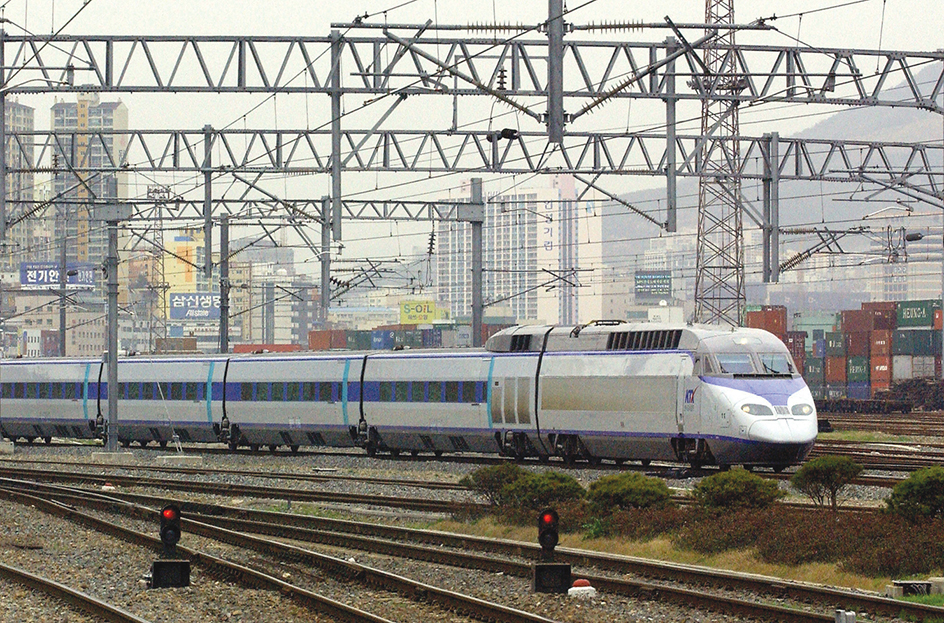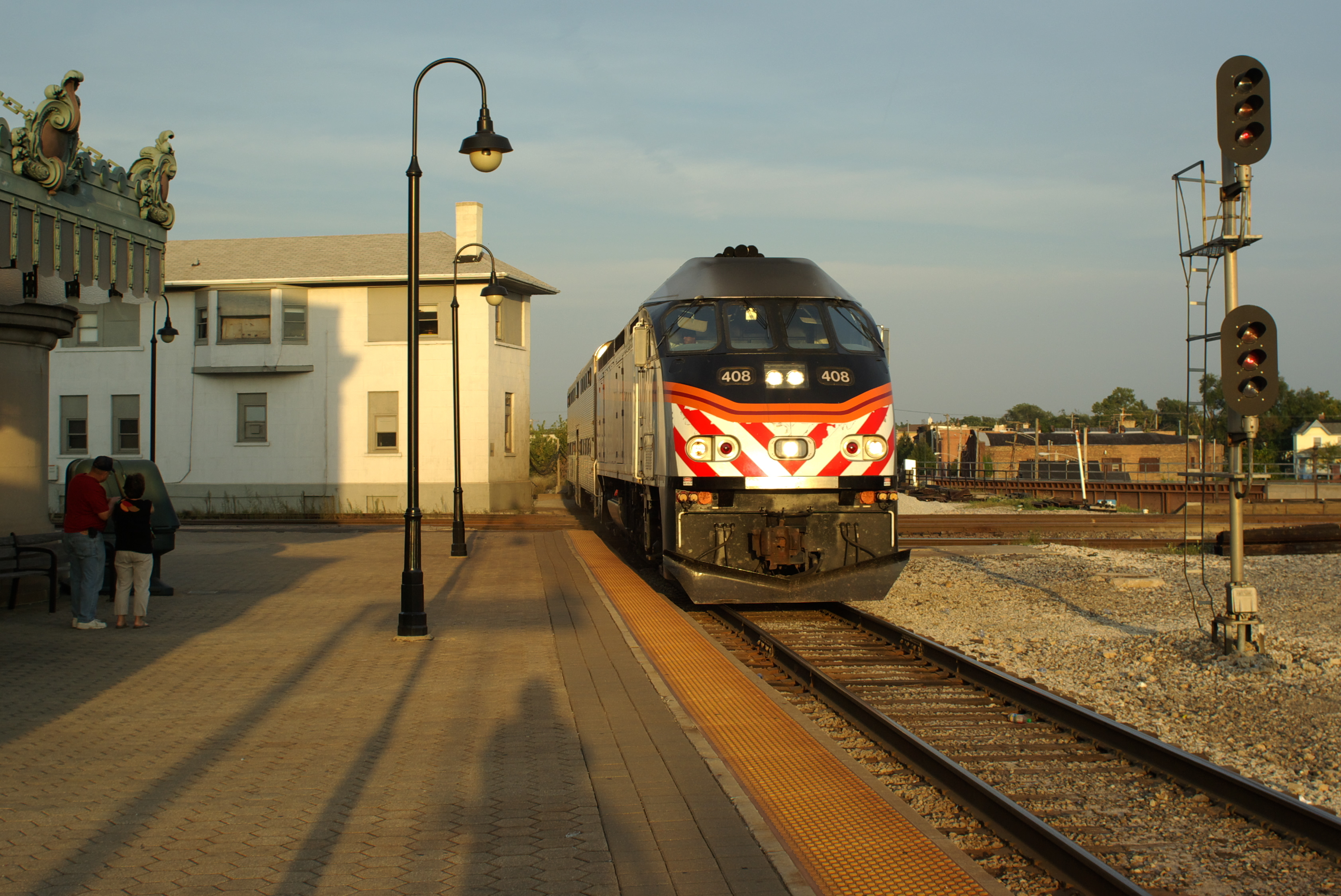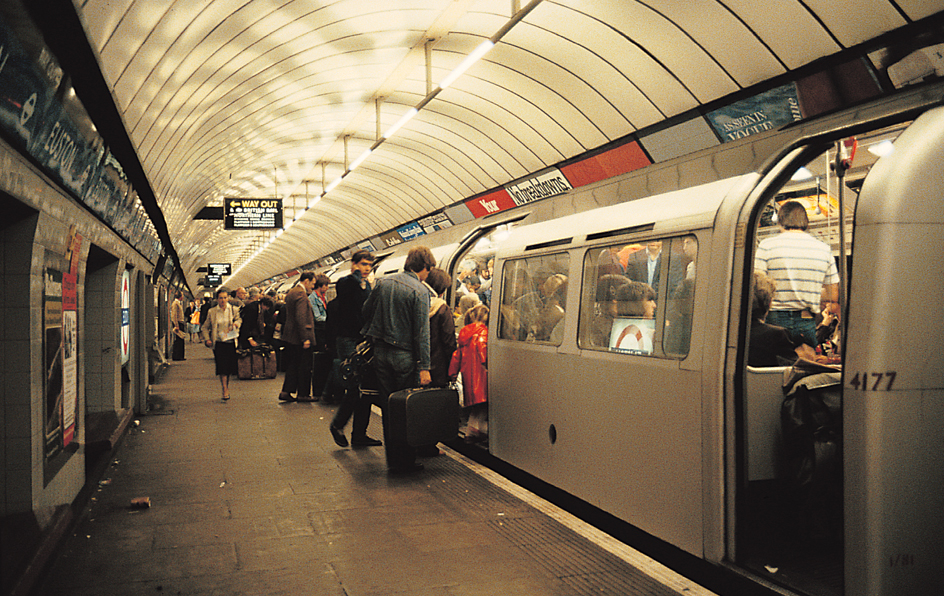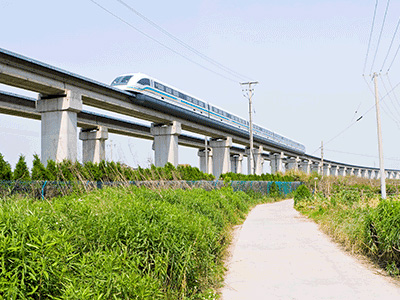Train is a line of connected railroad cars that move together along a track. Some trains haul coal, grain, lumber, machinery, and other products across continents. Others carry passengers from one part of a city or country to another. Most trains run on two-railed tracks and are powered by diesel-electric or electric engines. But some trains use other kinds of tracks and forms of power. This article briefly explains various types of trains in use around the world. For more information, see the article Railroad and its list of related articles.

Freight trains
are used to haul products and materials over long distances. Most of the cars in a freight train carry freight. One or more locomotives pull or push the train along the track. Trains are used extensively to carry such bulk goods as chemicals, coal, grain, iron ore, and petroleum. They also carry such manufactured goods as automobiles and television sets, and such agricultural products as fruits, vegetables, and meats. Some of the cars on a freight train may be empty cars being moved to various points for reloading.
Passenger trains
include intercity trains, commuter trains, and transit trains. Intercity trains carry passengers over long distances, often between major cities. Commuter trains carry passengers between large cities and the surrounding suburbs. Transit trains carry people over shorter distances, often from place to place within the same city.
Intercity trains make longer runs than most commuter trains do. The longest intercity routes cover great distances and take several days to complete. As a result, many intercity passenger trains have special cars, such as dining cars and sleeping cars, in addition to coaches. Some countries have especially fast, efficient intercity passenger trains. The world’s fastest intercity passenger trains operate in France, Japan, South Korea, and Taiwan. Some of these trains can travel more than 200 miles per hour (320 kilometers per hour) between stops. They may average more than 160 miles per hour (260 kilometers per hour). High-speed trains also serve cities in Germany, the United Kingdom, and other European countries. Some of the Japanese and European high-speed trains offer a number of luxury services, including gift shops and meals served at the passengers’ seats.
A majority of rail passengers ride commuter trains. Each working day, these trains carry great numbers of suburban residents to and from their jobs in such large cities as London, England, and New York City, New York. Commuter trains also serve many other cities throughout the world, including Berlin, Germany; Chicago, Illinois; Johannesburg, South Africa; Moscow, Russia; New Delhi, India; Paris, France; São Paulo, Brazil; Tokyo, Japan; and Toronto, Canada. Some intercity trains also serve commuters. Most commuter trains are made up of a locomotive and a number of coaches. Coaches provide seats for passengers but do not ordinarily offer any extra services, such as meals or refreshments. 
Transit trains include subways, elevated trains, and light rail trains. Such trains often consist of cars that move under their own power and do not require a locomotive. Transit is often called public transportation.
Subway trains and elevated trains are often used in crowded urban areas, where heavy traffic slows travel by bus or car. A subway train avoids traffic by traveling in underground tunnels. Elevated railroad trains run on tracks above other traffic. Steel or concrete structures support the tracks. 
Light rail trains consist of one to six electrically powered cars. In a city center, the tracks are usually in the middle of the street. In less crowded areas of the city, and in the suburbs, the tracks are usually next to the street or on a separate right of way (strip of land reserved for a particular use).
Other kinds of trains
include magnetic levitation trains and monorail trains. A magnetic levitation train , or maglev train, is a special kind of train that uses magnetic forces to float above a track, called a guideway, without touching it. A maglev train’s speed is not limited by the friction and vibration that result from direct contact with a track. Maglev trains have several advantages over conventional wheeled trains. For example, they can reach higher speeds and operate more quietly. Their guideways, which are usually elevated, require little maintenance. Maglev trains are usually intercity trains or commuter trains. 
Some kinds of trains operate on a monorail , riding over, under, or alongside a single rail. This rail is usually an elevated concrete or steel beam supported at intervals by concrete or steel columns. Most monorail trains have been powered by electric motors. Monorails provide transportation at airports or carry people from an airport to a city center. Monorails, like subways and elevated trains, are a form of rapid transit.
